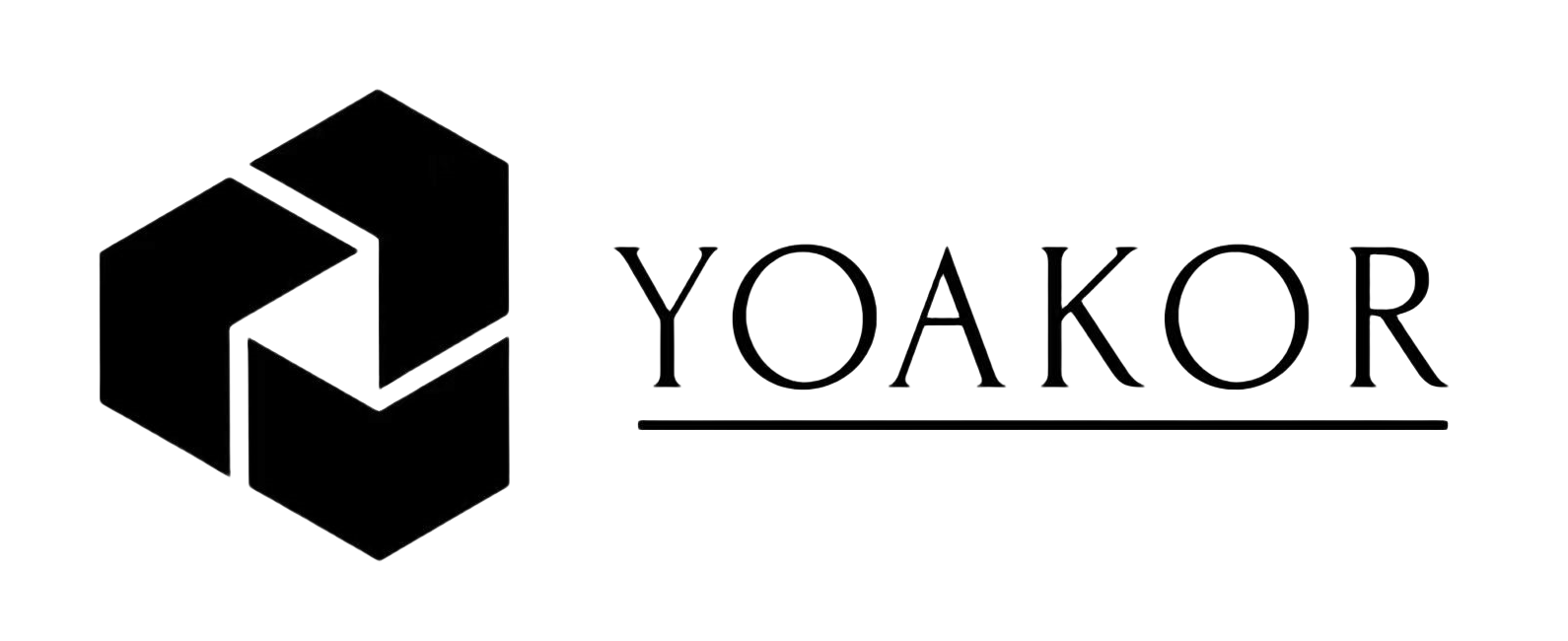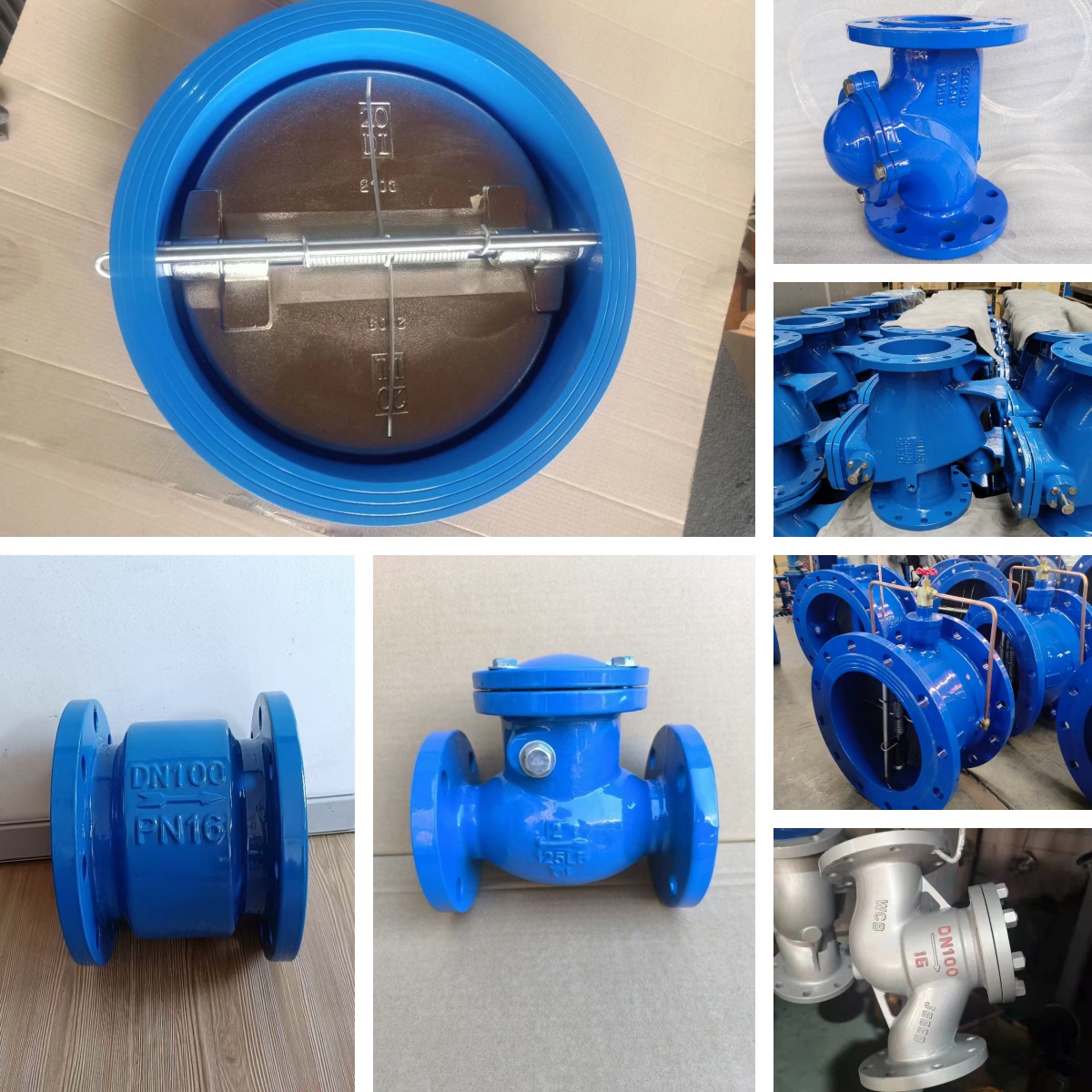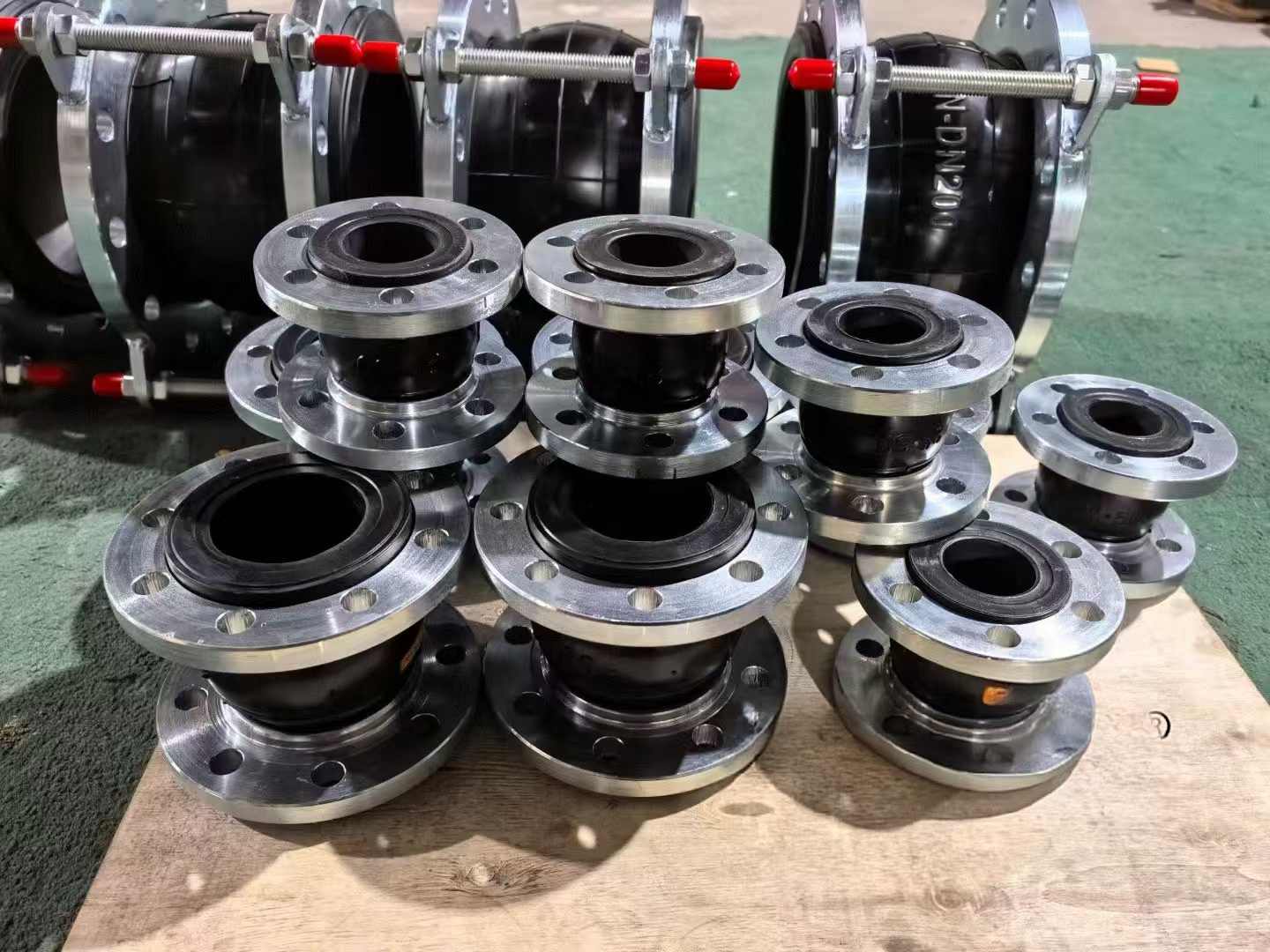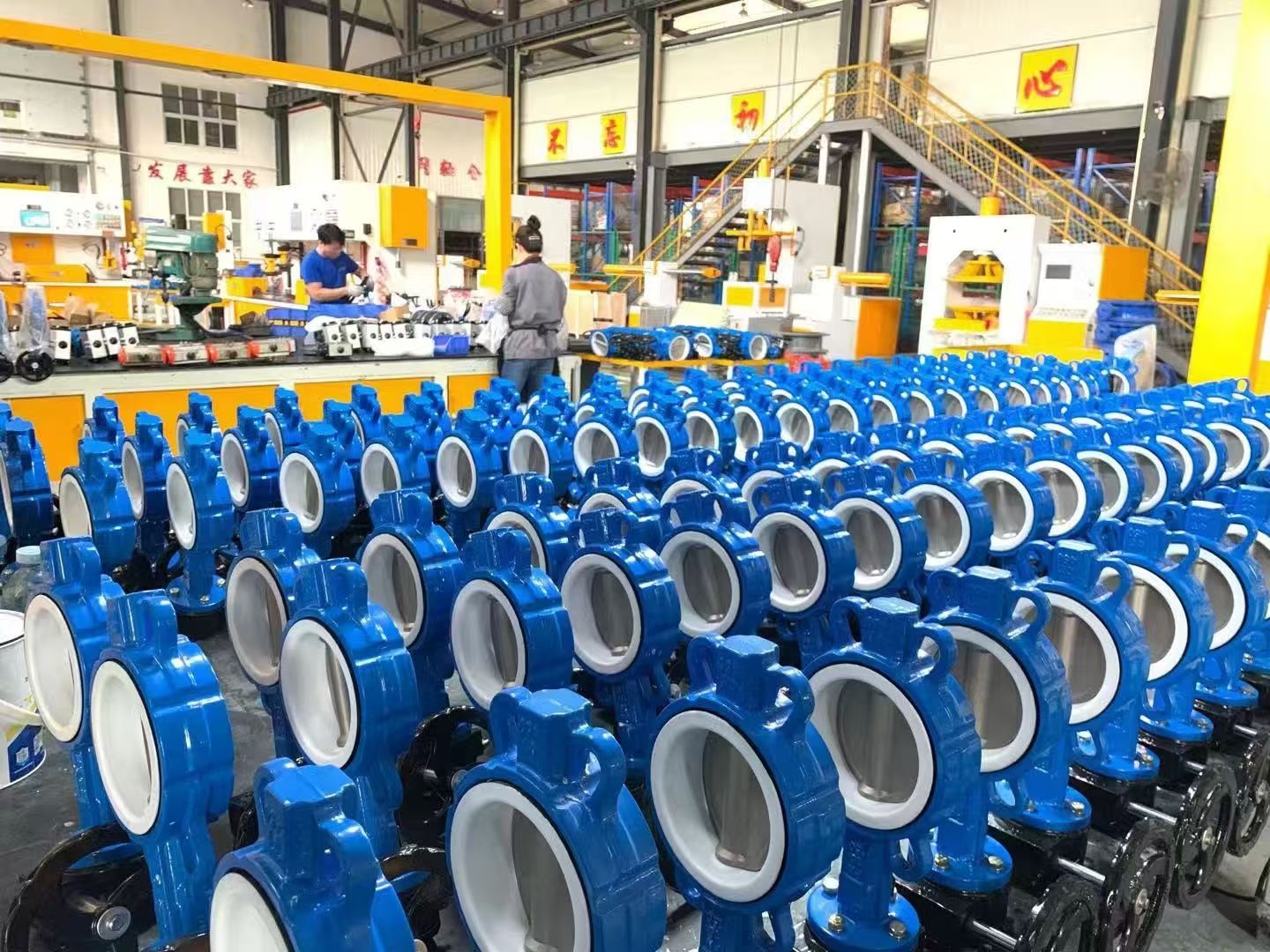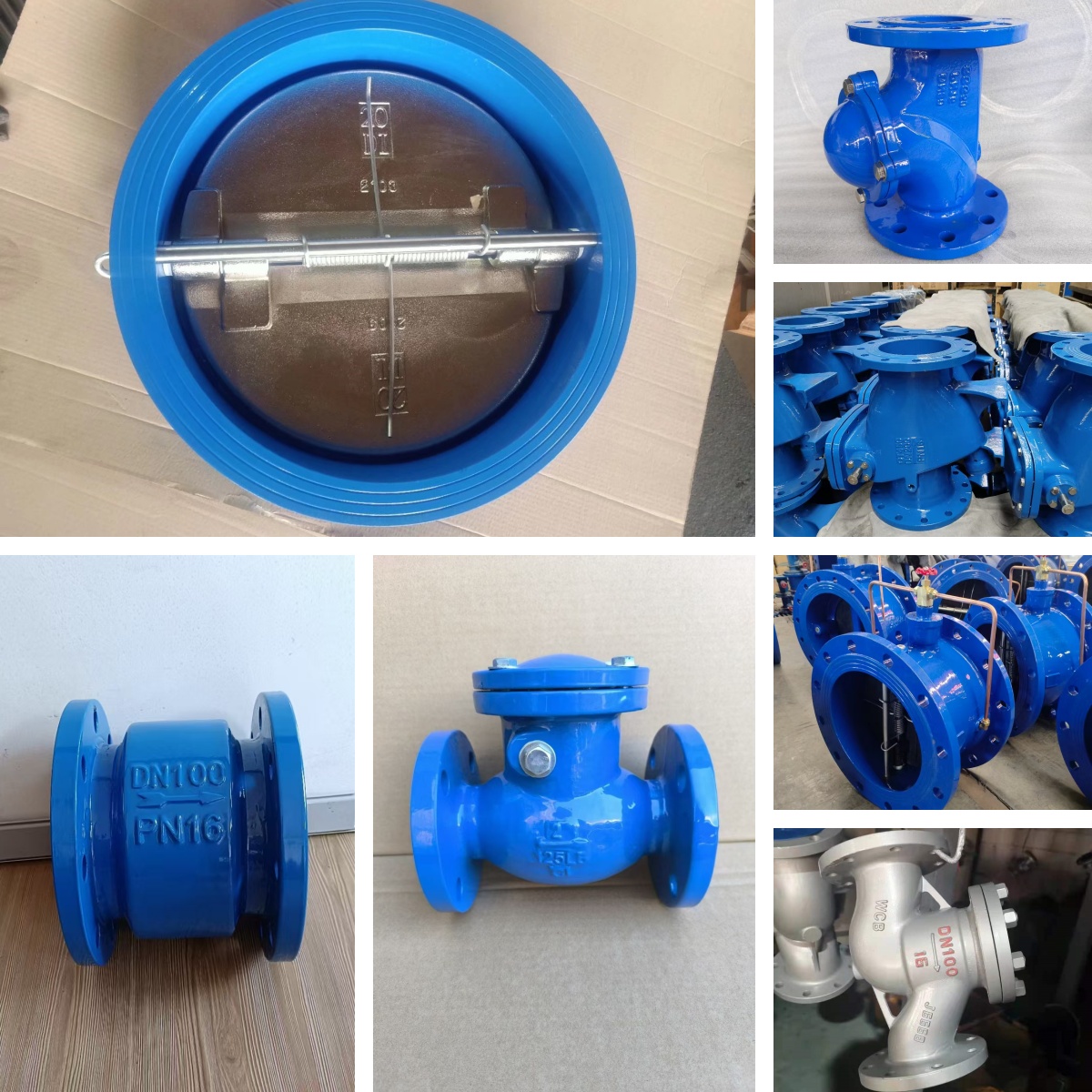The chemical industry's complex processes and specialized media place higher demands on the selection and use of valves. Valve performance is directly related to production safety, product quality, and energy efficiency, making it a critical component of fluid control in the production process. Therefore, selecting the right valve is crucial in the chemical industry.
Several Key Considerations for Selecting Valves in the Chemical Industry.
Corrosion Resistance:
Chemical production processes involve a wide variety of media, including acids, alkalis, salts, organic solvents, and those containing suspended particles. These media are generally highly corrosive.
1. Valve materials must exhibit excellent corrosion resistance, such as stainless steel, alloy steel, titanium, and nickel-based alloys.
2. For some particularly corrosive media, lining processes such as fluoroplastics and rubber can be used to enhance the valve's corrosion resistance.
Sealing Performance:
Poor sealing in chemical valves operating under high pressure, high temperature, or toxic and hazardous media can lead to serious safety incidents. Therefore, the valve's sealing structure should be rationally designed, and the sealing material should exhibit excellent wear resistance, creep resistance, and temperature resistance. Common sealing materials include polytetrafluoroethylene (PTFE), graphite, and ceramics.
Heat and Pressure Resistance:
Chemical production may encounter extreme temperature and pressure conditions. Therefore, valve materials and structural designs must withstand the corresponding operating temperatures and pressures.
1. Common high-temperature-resistant materials include heat-resistant steel and high-temperature alloys.
2. Low-temperature-resistant materials include austenitic stainless steel and aluminum alloys.
Operational Reliability:
Chemical valves must open and close flexibly and reliably, directly impacting the stability and safety of the production process. Accidents caused by improper operation or equipment failure must be avoided.
To improve the automation and reliability of valve operation, electric, pneumatic, or hydraulic actuators can be used to actuate the valve. Remote control and automatic protection functions are particularly important in hazardous environments.
Cleanliness Requirements:
In some fine chemical or pharmaceutical industries, production processes require extremely high levels of media cleanliness.
1. The internal structure of the valve should be minimally simplified to minimize dead corners and areas where dirt can accumulate, facilitating cleaning and maintenance. A. Diaphragm Valve
A diaphragm valve controls the flow of fluid through the upward and downward movement of a diaphragm. The diaphragm completely isolates the medium from other valve components, preventing direct contact between the medium and the valve stem, seat, and other components.
This structure prevents impurities from accumulating inside the diaphragm valve. Furthermore, the diaphragm provides a strong seal, preventing leakage of the medium to the outside, thus ensuring cleanliness.
B. Butterfly Valve (Sanitary)
The disc and seat of sanitary butterfly valves utilize special surface treatments, such as polishing, to achieve a very low surface roughness, reducing the likelihood of impurities adhering.
The valve's simple internal structure, devoid of complex dead zones, reduces eddy currents and impurity accumulation during fluid flow.
C. Ball Valve (Sanitary)
The ball surface of a sanitary ball valve is also highly precision-polished, ensuring a strong seal between the ball and seat.
The straight-through passage of a ball valve offers low flow resistance and no dead zones, making it easy to clean and purge, effectively preventing microbial growth and impurity buildup.
D. Check Valve (No Dead Zone)
The unique structural design of a no dead zone check valve eliminates dead zones within the valve where impurities can accumulate during both forward flow and reverse shutoff.
This valve effectively prevents backflow while maintaining internal cleanliness, minimizing valve failure and fluid contamination caused by impurity accumulation.
2. The valve's sealing material should also be selected to resist detachment or decomposition to prevent impurities from contaminating the fluid.
